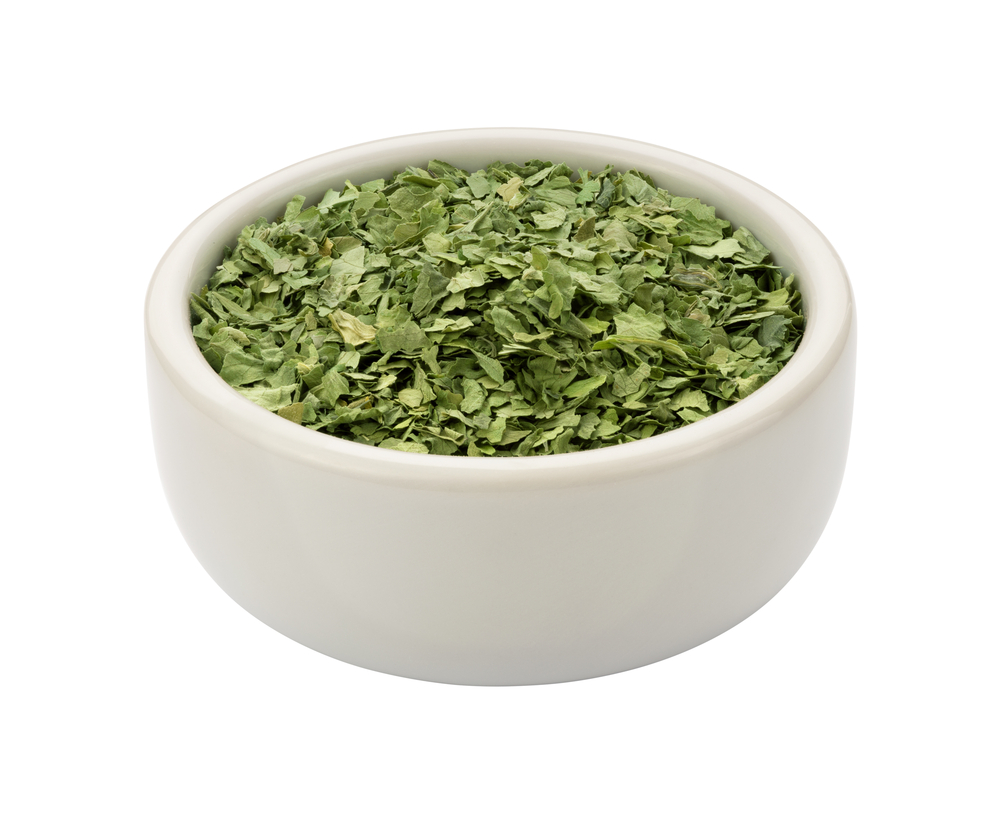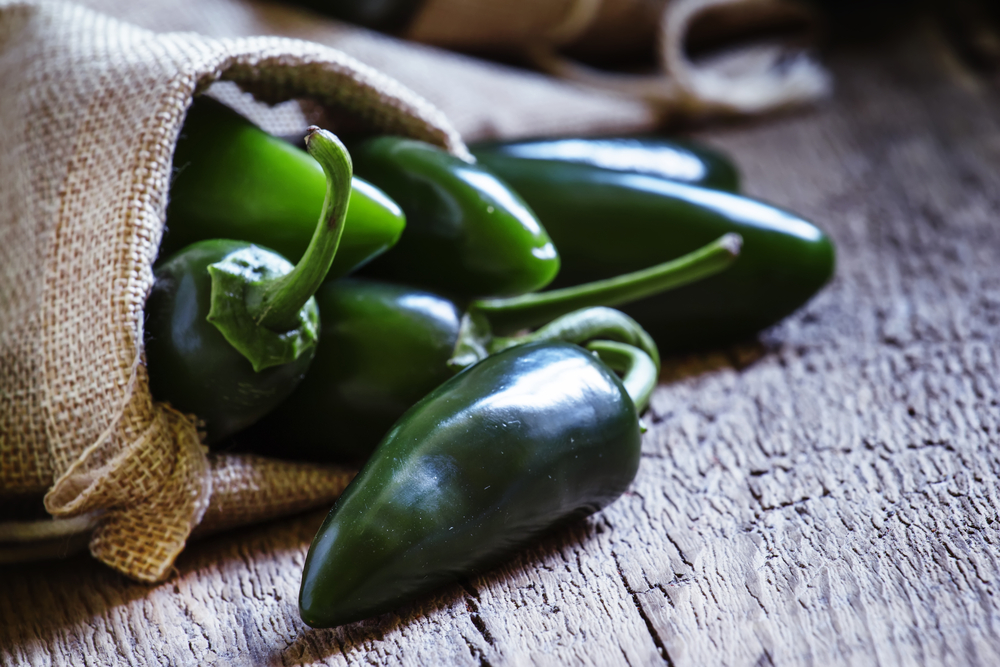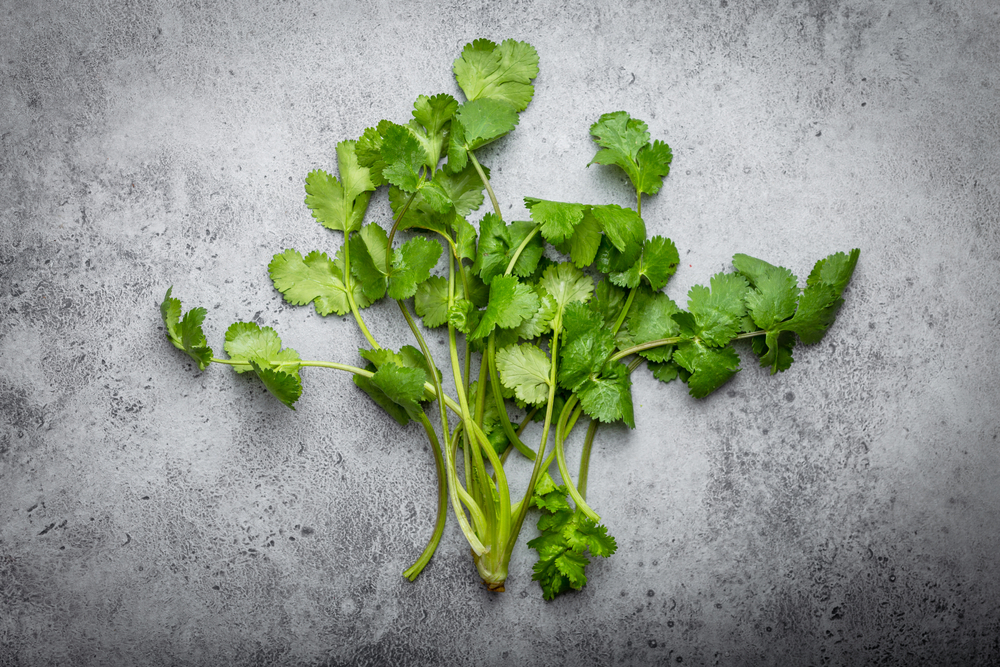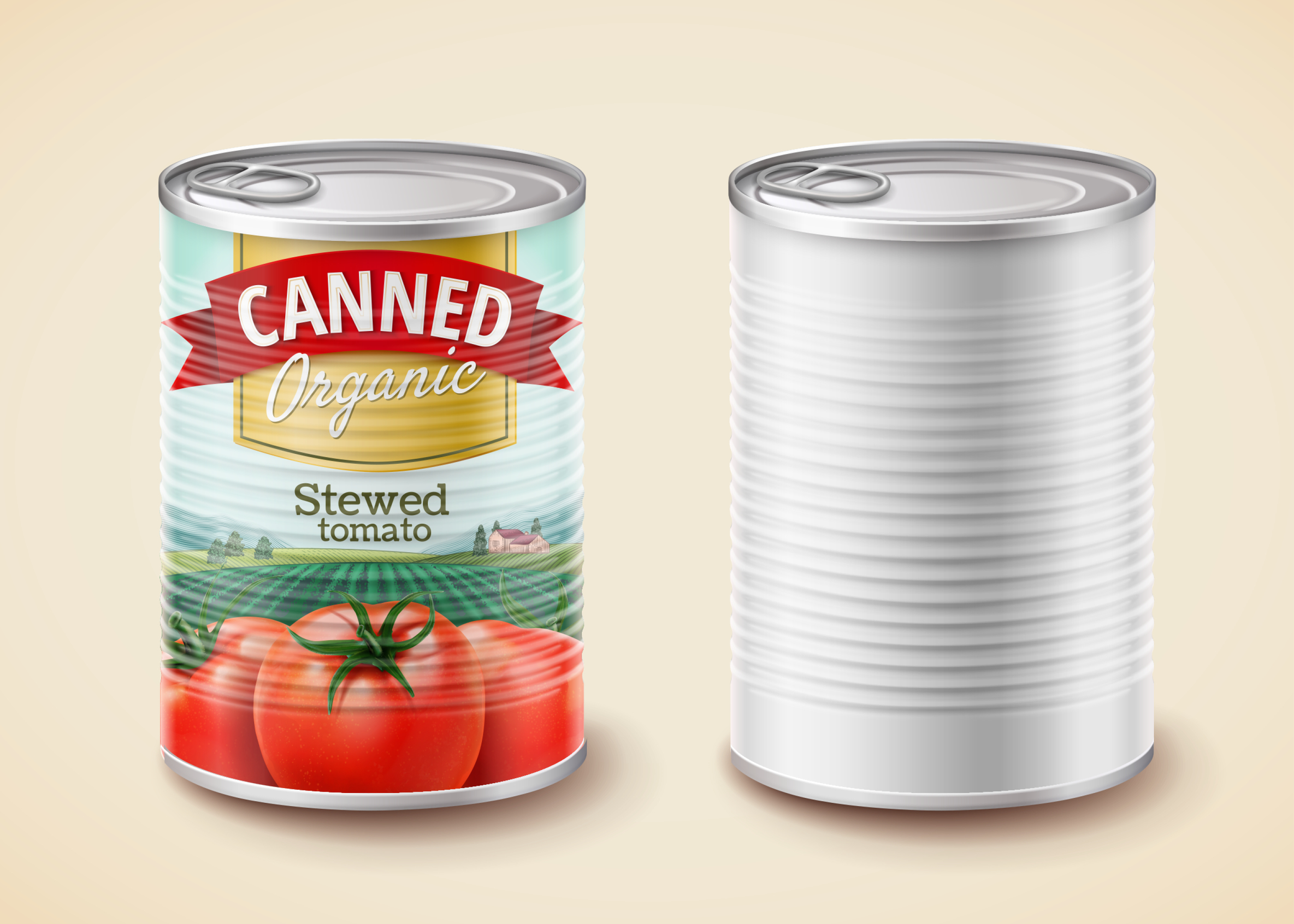Fresh salsa is a popular condiment that can be enjoyed with a variety of dishes. It is made with fresh ingredients like tomatoes, onions, cilantro, and jalapenos, and is typically served cold.
However, many people are unsure of how long fresh salsa can be stored and whether it can be frozen for later use.

Understanding the shelf life of fresh salsa is important to avoid food waste and potential health risks. While store-bought salsa may have preservatives that extend its shelf life, fresh salsa is more perishable and must be consumed within a certain time frame.
In this article, I will explore the shelf life of fresh and store-bought salsa, proper storage methods, signs of spoilage, and health risks associated with consuming spoiled salsa.
Key Takeaways
- Fresh salsa can last between 4-7 days when stored properly in the refrigerator.
- Store-bought salsa has a longer shelf life due to preservatives, lasting up to a month in the refrigerator.
- Freezing salsa is possible, but it may affect the texture and flavor of the salsa.
Understanding Salsa
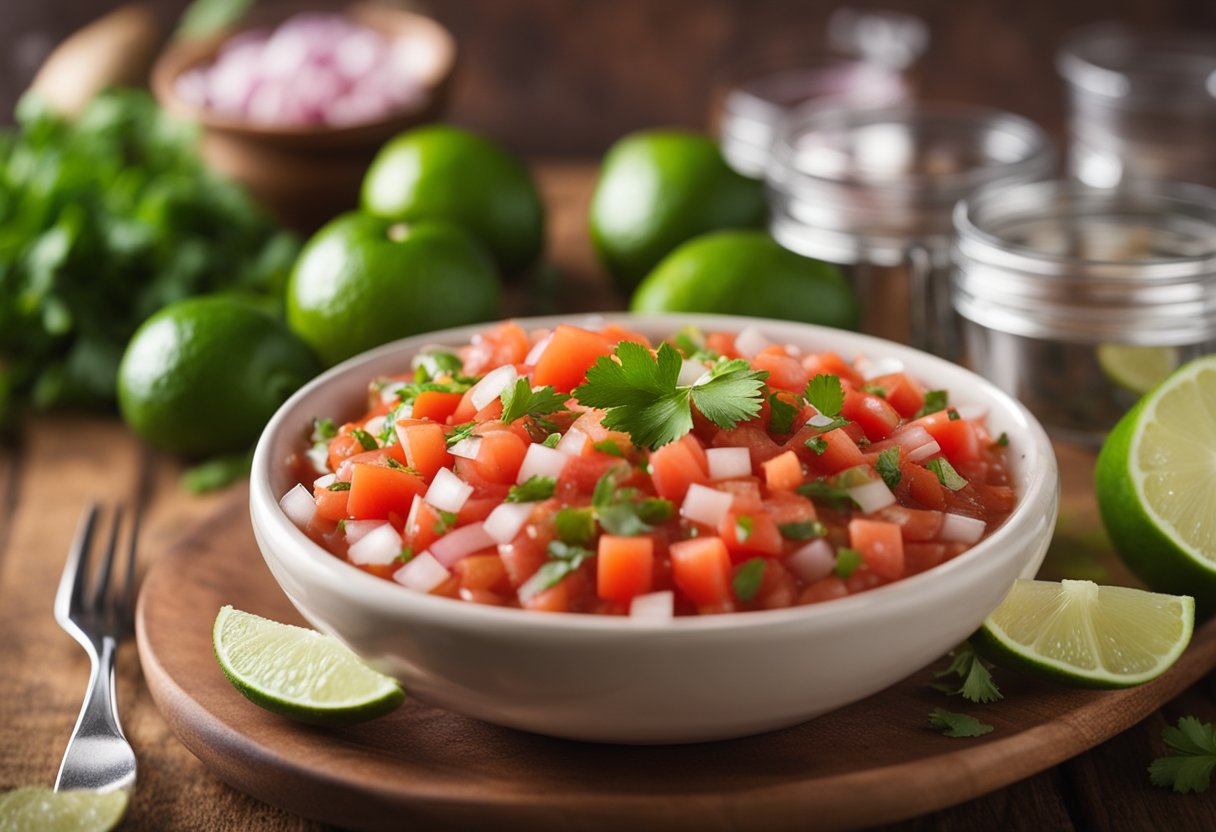
As a lover of salsa, I know how important it is to understand this delicious condiment. Salsa is a sauce that originated in Mexico and is typically made from a combination of fresh ingredients such as tomatoes, onions, peppers, herbs, and chilies.
It is often seasoned with lime juice and can be spicy or mild, depending on the type of chili peppers used.
Many people enjoy making their own homemade salsa, which allows them to customize the flavor and spice level to their liking.
When making homemade salsa, it is important to use fresh ingredients to ensure the best flavor. Tomatoes, onions, and peppers should be ripe and firm, and herbs should be fresh and fragrant.
One popular type of salsa is picante sauce, which is a type of salsa that is typically made with tomatoes, chili peppers, onions, and paprika.
This type of salsa is often used as a topping for Mexican dishes such as tacos and burritos.
When it comes to storing fresh salsa, it is important to keep it refrigerated to prevent spoilage. Homemade salsa can typically last anywhere between 4-7 days in the refrigerator, depending on the ingredients used.
If you are unsure whether your salsa is still good, look for signs of spoilage such as mold or a sour smell.
In conclusion, salsa is a versatile and delicious condiment that can be enjoyed in many different ways.
By using fresh ingredients and storing it properly, you can ensure that your salsa stays fresh and flavorful for as long as possible.
Fresh Salsa Vs. Store-Bought Salsa
When it comes to salsa, there are two main types: fresh salsa and store-bought salsa. While both are delicious, they have some key differences that are worth noting.
Fresh Salsa
Fresh salsa is typically made with raw ingredients like tomatoes, onions, and peppers. It is often made in small batches and consumed within a few days.
Fresh salsa has a bright, vibrant flavor and texture that is hard to beat. Plus, since it doesn’t contain any preservatives, it is often considered a healthier option.
However, since fresh salsa doesn’t contain any preservatives, it has a shorter shelf life than store-bought salsa.
According to PepperScale, fresh homemade salsa has a shelf life of between four to six days when covered and refrigerated.
This is because fresh recipes often assume you are making your food to eat now, or at least in the next few days.
Store-Bought Salsa
Store-bought salsa, on the other hand, is typically made in large batches and contains preservatives to help extend its shelf life.
It is often sold in jars or other containers and can be found in the refrigerated or non-refrigerated section of the grocery store.
While store-bought salsa may not have the same fresh flavor as homemade salsa, it is a convenient option that can be stored for longer periods of time.
An open jar of store-bought salsa will last about 2-4 weeks in the fridge, according to Allrecipes. However, it is important to always check for signs of spoilage before serving.
It is also worth noting that unopened store-bought salsa can last for several months beyond its expiration date if stored properly.
According to The Grilling Dad, jarred salsa can last up to 18 months beyond the printed expiration date if it remains unopened and stored in a cool, dry place.
In conclusion, both fresh salsa and store-bought salsa have their pros and cons. While fresh salsa may have a shorter shelf life, it is often considered a healthier option and has a bright, vibrant flavor.
Store-bought salsa, on the other hand, is a convenient option that can be stored for longer periods of time and often contains preservatives to help extend its shelf life.
Ultimately, the choice between fresh and store-bought salsa comes down to personal preference and what works best for your needs.
Shelf Life of Fresh and Store-Bought Salsa
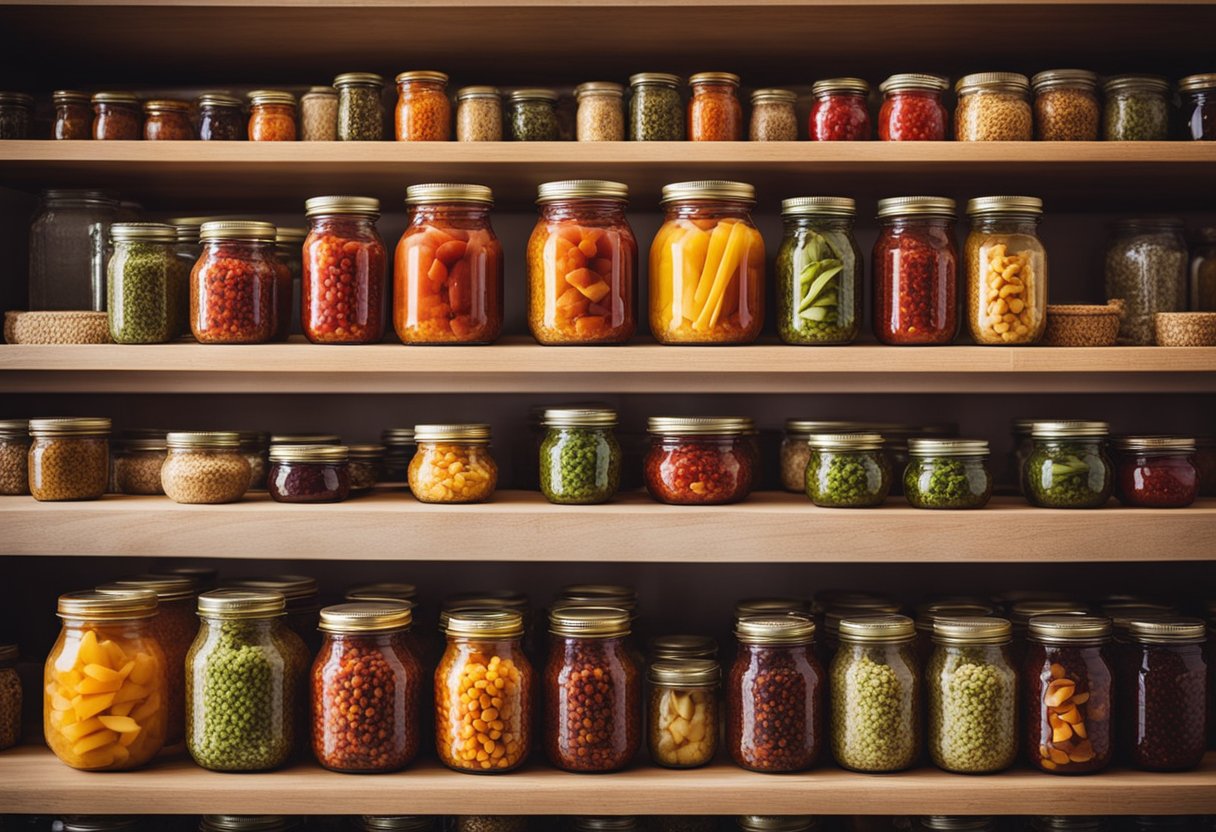
As a salsa lover, it’s important to know how long fresh and store-bought salsa can last before it goes bad.
The shelf life of salsa can vary depending on the ingredients used, how it’s stored, and whether it’s homemade or store-bought.
Fresh Salsa
Fresh salsa typically has a shorter shelf life compared to store-bought salsa. As a general rule, fresh homemade salsa can last between four to six days when it’s covered and refrigerated.
This is because fresh recipes often assume you are making your food to eat now, or at least in the next few days.
If you want to extend the shelf life of your fresh salsa, you can freeze it. Frozen salsa can last up to six months in the freezer.
However, it’s important to note that the texture of the salsa may change after it’s been frozen and thawed.
Store-Bought Salsa
Store-bought salsa typically has a longer shelf life compared to fresh salsa. An unopened jar of store-bought salsa can last up to one year when stored in a cool, dry place.
Once the jar is opened, it can last about 2-4 weeks in the fridge, but you should always check for signs of spoilage before serving.
It’s also an option to further extend the shelf life of opened salsa by freezing it. Frozen store-bought salsa can last up to six months in the freezer.
It’s important to note that the shelf life of salsa can vary depending on the brand and type of salsa. Always check the expiration date and follow the storage instructions on the label to ensure the longevity of your salsa.
In summary, the shelf life of fresh salsa is between four to six days when covered and refrigerated, while store-bought salsa can last up to one year unopened and 2-4 weeks once opened.
Freezing is an option to extend the shelf life of both fresh and store-bought salsa, but the texture may change after thawing.
Always check the expiration date and follow the storage instructions to ensure the salsa stays fresh.
Proper Storage of Salsa
As a salsa lover, I understand the importance of properly storing salsa to maintain its freshness and flavor. When it comes to storing salsa, there are a few key factors to keep in mind, including container, refrigeration, and proper storage.
Firstly, choosing the right container is crucial for keeping your salsa fresh. Airtight containers are the best option for storing salsa as they prevent air from getting in and causing the salsa to spoil.
Glass jars or plastic containers with tight-fitting lids are ideal for storing salsa.
After preparing your salsa, transfer it into an airtight container and make sure to leave some headspace at the top to allow for expansion as the salsa freezes. Seal the container tightly and place it in the refrigerator.
It’s also important to keep your salsa away from light as it can cause the salsa to spoil faster. Store your salsa in a cool, dark place, such as the back of the refrigerator.
When storing salsa in the fridge, it’s important to keep it in an airtight container to prevent it from drying out or absorbing any odors from other foods in the fridge.
Make sure to label the container with the date it was made, so you know when it’s time to toss it out.
In summary, proper storage is key to keeping your salsa fresh and flavorful. Choose an airtight container, store it in a cool, dark place, and keep it in the fridge.
By following these simple steps, you can enjoy your homemade salsa for up to a week.
Freezing Salsa
As a salsa lover, I always make sure to have a batch of fresh salsa in my fridge. However, sometimes I end up with more salsa than I can consume before it goes bad. That’s when I turn to freezing salsa.
To freeze salsa, first, you need to make sure that it is in a freezer-safe container. A glass jar or a plastic container with a tight-fitting lid works great.
Make sure to leave some space at the top of the container to allow for expansion during freezing.
Before freezing, let the salsa cool completely. If you freeze hot salsa, it can create condensation and freezer burn. Once the salsa is cooled, pour it into the container and seal it tightly.
Label the container with the date and contents so that you can easily keep track of how long it has been frozen. Frozen salsa can last up to 4 months in the freezer.
When you’re ready to eat the salsa, remove it from the freezer and let it defrost in the fridge overnight. Do not defrost salsa at room temperature as it can lead to bacterial growth.
After defrosting, you may notice that the texture of the salsa has changed. This is normal and doesn’t affect the taste. Give the salsa a good stir before serving.
In conclusion, freezing salsa is a great way to preserve it for later use. With proper storage and defrosting, frozen salsa can last up to 4 months without losing its flavor.
Just make sure to use a freezer-safe container and label it with the date and contents.
Signs of Spoilage
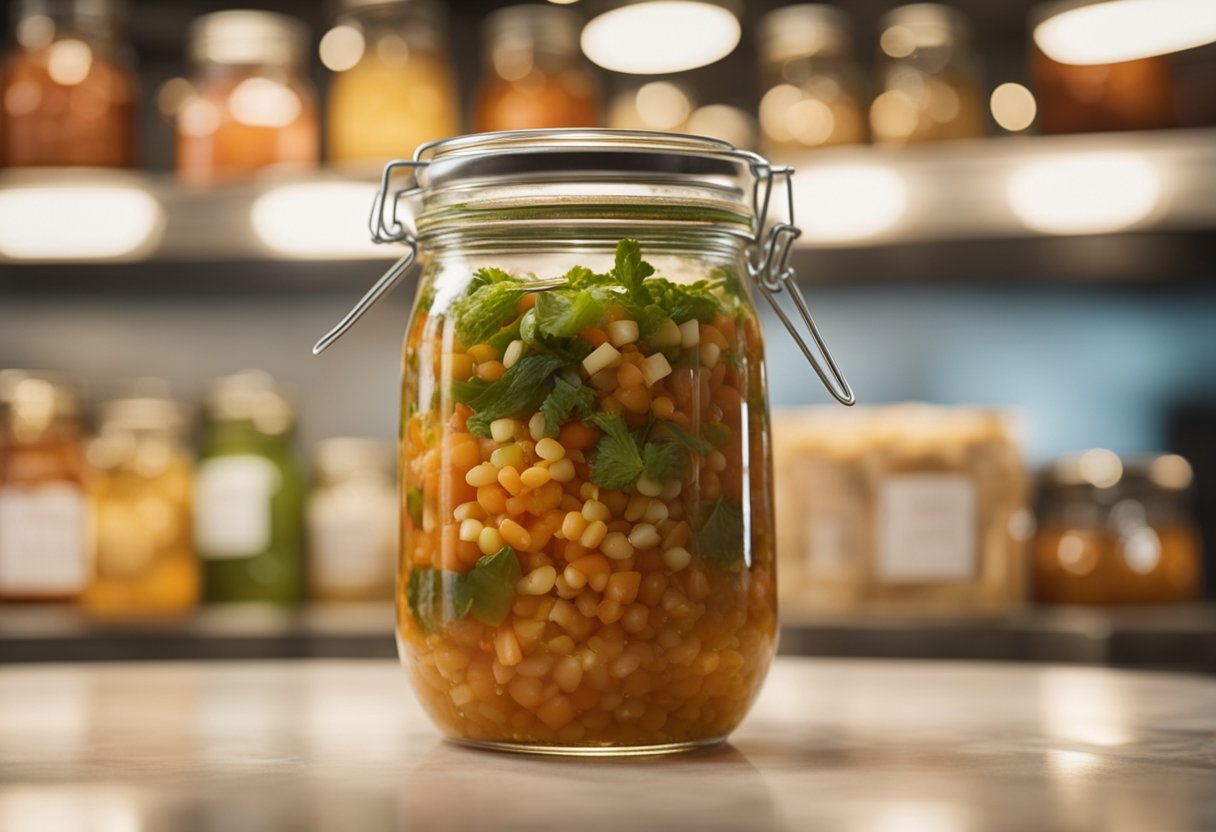
As with any food, fresh salsa can go bad if not stored properly or consumed within a certain timeframe. Here are some signs to look out for to determine if your salsa has spoiled:
Mold
Mold is a clear sign that your salsa has gone bad. If you see any visible mold on the surface of the salsa or around the edges of the container, it is best to throw it out immediately.
Eating moldy salsa can cause food poisoning and other health problems.
Taste and Odor
If your salsa has a sour or off taste, it may have gone bad. Similarly, if your salsa has a strange or unpleasant odor, it is best to avoid it.
These are both indicators that the salsa has been contaminated by bacteria or other harmful microorganisms.
Consistency
Fresh salsa should have a chunky, slightly liquid consistency. If your salsa has become watery or has separated into layers, it may be a sign that it has gone bad.
Similarly, if your salsa has a slimy or mushy texture, it is best to avoid it.
Color Changes
One of the most obvious signs that salsa has gone bad is a change in color. If the salsa is no longer a vibrant red, it has probably gone bad.
Salsa can also begin to turn brown or gray if it is left out of the fridge for too long. If you notice any changes in color, it is best to discard the salsa.
Visible Mold
As mentioned earlier, visible mold is a clear sign that your salsa has gone bad. If you see any mold on the surface of the salsa, it is best to throw it out immediately.
Other Signs of Spoilage
Other signs of spoiled salsa include a film or slimy coating on the surface of the salsa, as well as bubbles or fizzing. These are all indicators that the salsa has been contaminated and should be discarded.
In summary, it is important to pay attention to the signs of spoilage when it comes to fresh salsa.
Mold, off taste and odor, changes in consistency and color, and other signs of spoilage are all indicators that the salsa has gone bad and should not be consumed.
Health Risks of Spoiled Salsa
As with any food, fresh salsa has a limited shelf life. Eating spoiled salsa can lead to foodborne illnesses, which can range from mild to severe. Here are some of the health risks associated with consuming spoiled salsa:
Foodborne Illnesses
When salsa goes bad, it can harbor harmful bacteria that can cause food poisoning. Symptoms of foodborne illnesses can include nausea, vomiting, diarrhea, and stomach cramps.
In severe cases, food poisoning can lead to hospitalization or even death. The risk of foodborne illnesses is higher in young children, pregnant women, the elderly, and people with weakened immune systems.
Harmful Bacteria
Salsa can spoil due to the growth of harmful bacteria like Salmonella and Listeria. These bacteria can thrive in warm and moist environments, which is why it is important to store salsa properly.
Consuming salsa that has been contaminated with these harmful bacteria can lead to serious health problems.
Double-Dipping
Double-dipping is a common practice that can increase the risk of foodborne illnesses. When someone dips a chip or vegetable into salsa and then dips it again, they can transfer bacteria from their mouth into the salsa.
This can lead to the growth of harmful bacteria and increase the risk of food poisoning.
Unopened Jar
Even unopened jars of salsa can go bad. If the jar has been sitting on the shelf for too long, it can spoil and harbor harmful bacteria. It is important to check the expiration date on the jar before consuming the salsa.
Spoilage
Salsa can spoil due to a variety of factors, including exposure to air, temperature changes, and contamination.
Signs of spoiled salsa include a foul odor, mold growth, and a change in color or texture. If you suspect that your salsa has spoiled, it is best to throw it out to avoid the risk of foodborne illnesses.
In conclusion, it is important to be aware of the health risks associated with spoiled salsa. By following proper storage and handling practices, you can reduce the risk of foodborne illnesses and enjoy fresh and safe salsa.
Related posts:
Frequently Asked Questions
How long does salsa last unopened?
Unopened salsa can last for several months beyond the best-by date printed on the packaging. However, it’s best to check the label for specific storage instructions.
How long does unopened salsa last in the fridge?
Unopened salsa can last for up to a month in the fridge, but it’s important to keep it tightly sealed in its original packaging or transfer it to an airtight container.
How long does Tostitos salsa last after opening?
Tostitos salsa can last for up to two weeks after opening if refrigerated and stored in an airtight container. However, it’s always best to check for any signs of spoilage before consuming.
How long is homemade salsa good for in a Mason jar?
Homemade salsa stored in a Mason jar can last for up to a week in the fridge if tightly sealed. However, it’s best to consume it within a few days for optimal freshness and flavor.
How to tell if salsa is bad?
Spoiled salsa will have an off smell, moldy appearance, or a sour taste. If you notice any of these signs, it’s best to discard the salsa immediately.
How do I preserve homemade salsa?
To preserve homemade salsa, transfer it to an airtight container and store it in the fridge for up to a week. You can also freeze it for up to six months, but keep in mind that the texture may change once thawed.


